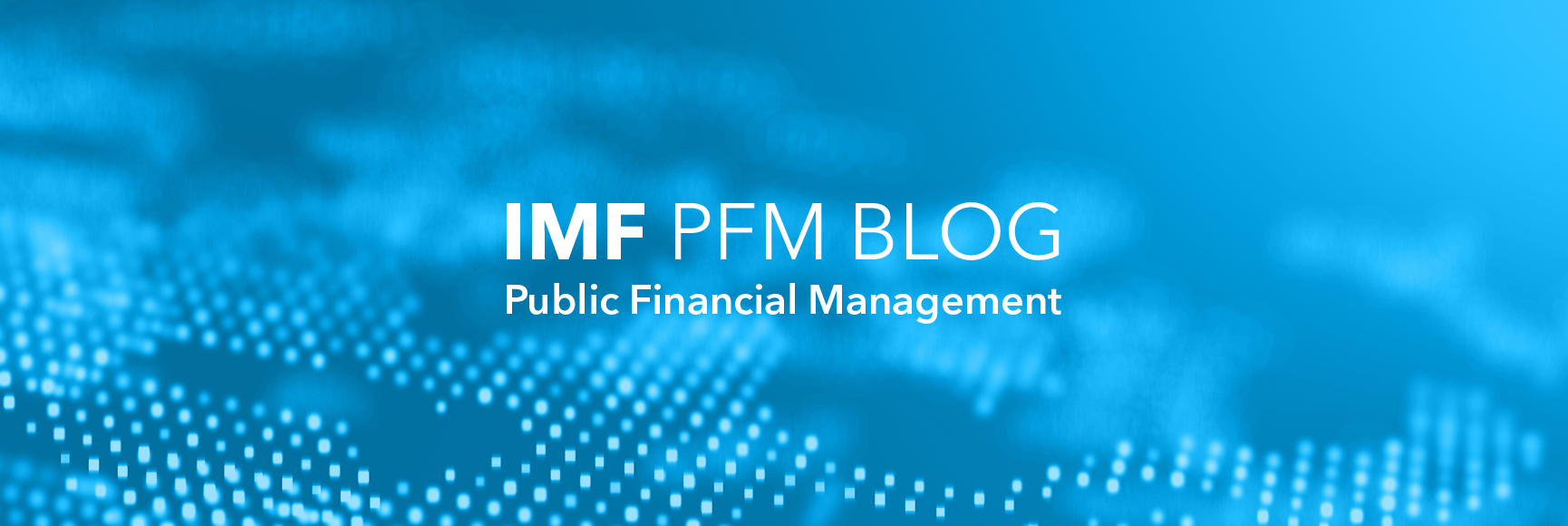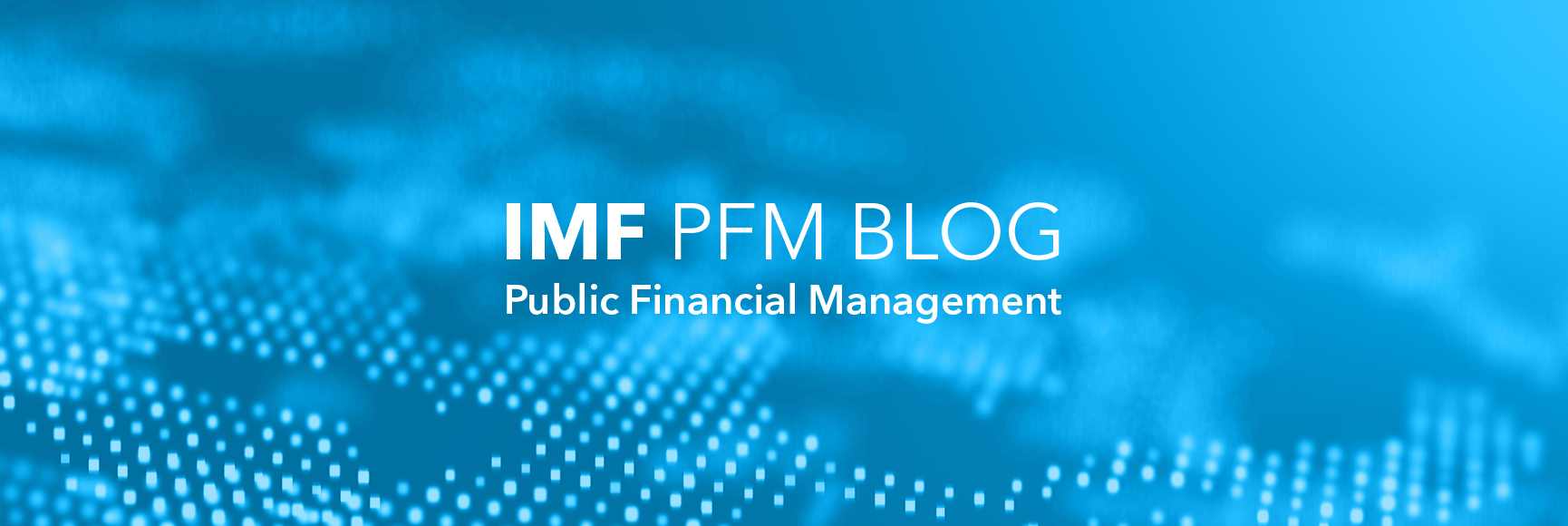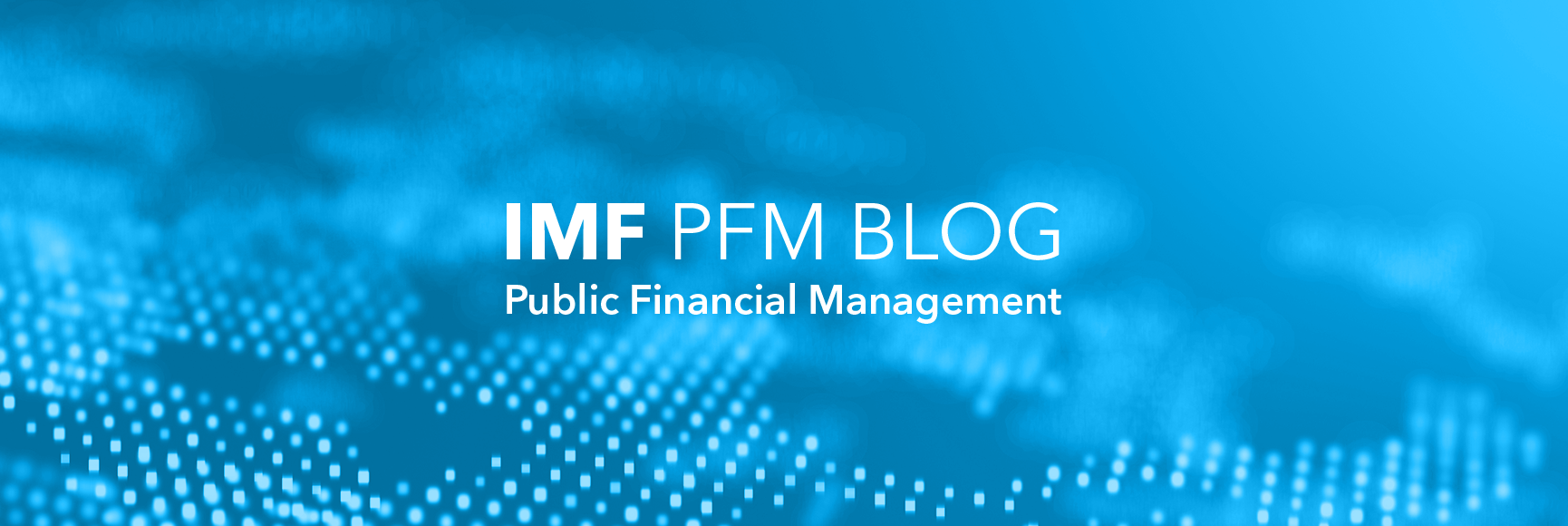
Posted by Alok Verma[1]
Governments worldwide are collecting huge quantities of data on individuals, the economy, agriculture, demography, geography and natural resources, traffic, weather, climate change, gender inequalities and many other topics to support the delivery of public goods and services to citizens and monitor their impact. We are witnessing an emerging era in which data is new oil in the digital economy. The private sector has already moved fast in realizing the enormous benefits of their information assets. Many companies have appointed Chief Data Officers (CDO) who are responsible for “managing and leveraging data as an enterprise business asset and developing data strategies” to achieve organizational goals.
Some governments are now beginning to follow suit by using innovative methods of collection and dissemination, as well as new ways of delivering public goods and services that leverage information assets (“digital governments”). Information assets should allow governments to derive economic benefits such as improved tax compliance and collections, better prediction and management of natural disasters, and improved expenditure efficiency. From a PFM perspective, information assets will result in changes in the composition of the balance sheet. Traditional IT infrastructure (hardware and software) which is capitalized now could be immediately expensed by renting or leasing it, thus avoiding a huge upfront capital investment.
According to international accounting standards (IPSAS-31) information assets are defined as internally generated intangible assets. A fuller definition of these assets could be “meaningful, processed data controlled by an entity resulting from past events from which future economic benefits or service potential are expected to flow to the entity”.
This definition may pose challenges in determining when the data become assets and are ready to generate future economic benefits. Moreover, information assets have interesting characteristics different from traditional assets as they can be shared and replicated and used by multiple entities simultaneously. Clear guidelines will be required to define “control” over such assets. There are also challenges in determining reliably the cost of these assets. In the private sector, work has started to measure the value of information assets, but different concepts of value may be relevant. The Gartner report, for example, discusses how to measure the business value, “performance value”, market value and economic value of information assets.
In government, it is an opportune time to start working to develop methodologies for defining and measuring information assets, establishing recognition and derecognition criteria, defining the assets’ useful life and amortization schedules, and rules related to the sharing and transfer of these assets. The “Data/Information Life Cycle”, which describes the various phases of the cycle from the point when data is created until the time data is purged and no longer in use, could be a good starting point.
The data archival policies of governments could serve as a basic framework for further research on estimating the useful life of this class of assets. Work will be also required to define the various classes of information assets that should be disclosed in the government’s annual financial statements and to make this information transparent and meaningful.
As Peter Drucker said, “What gets measured gets managed”. The recognition of data as assets on the balance sheet will demolish that traditional view that such information belongs to the government’s IT departments. It will also require the investment of resources to mine, refine and “maintain” this new “renewable oil” in the digital economy. Another key task for governments will be to recognize and manage the emerging class of fiscal risks from cybercrimes and frauds related to information assets.
Given the speed with which the digital revolution is engulfing governments around the world, it is only a matter of time before PFM professionals become deeply involved in developing methodologies and standards in these areas.
[1] Fiscal Affairs Department, IMF.
Note: The posts on the IMF PFM Blog should not be reported as representing the views of the IMF. The views expressed are those of the authors and do not necessarily represent those of the IMF or IMF policy.





